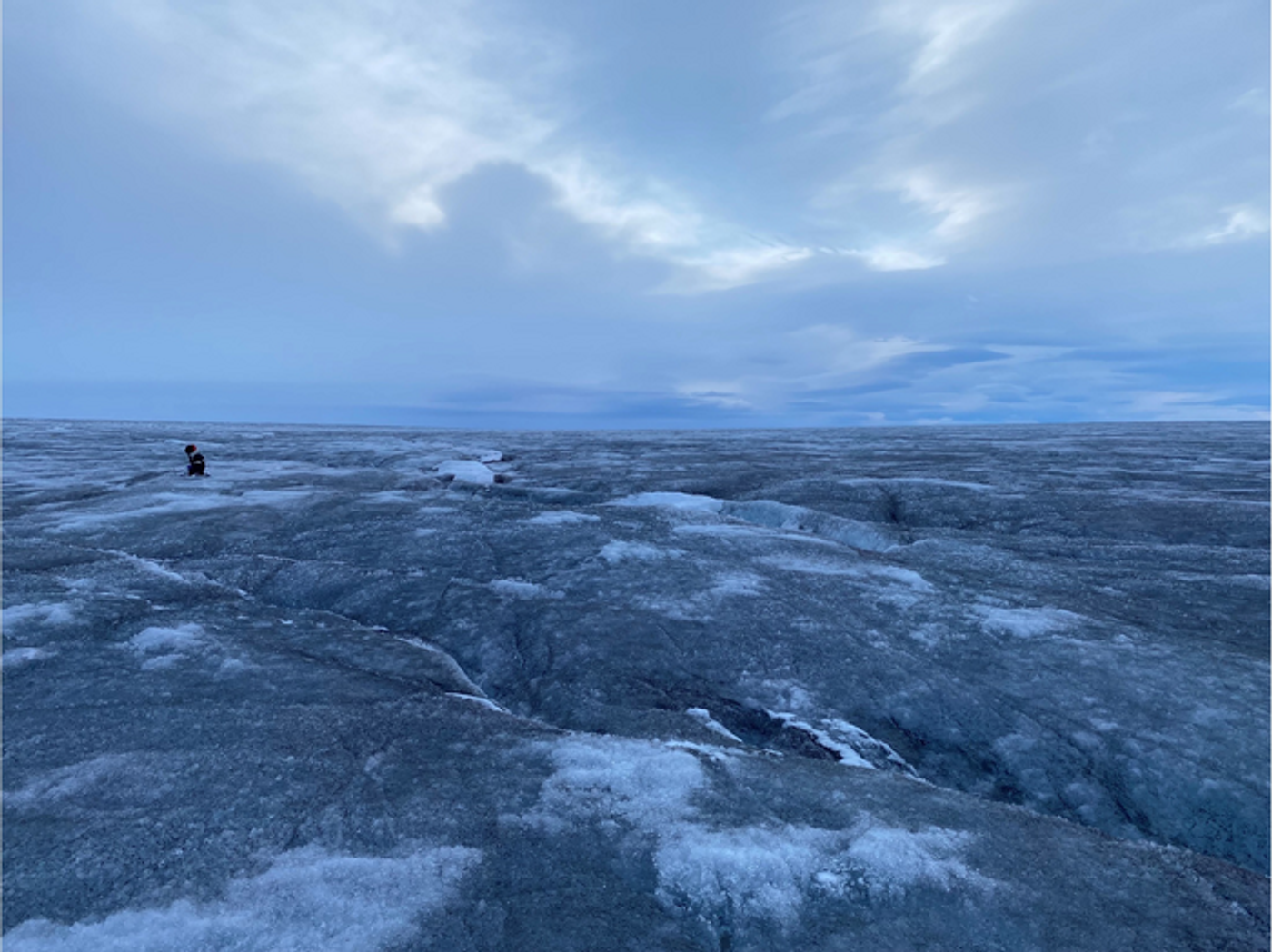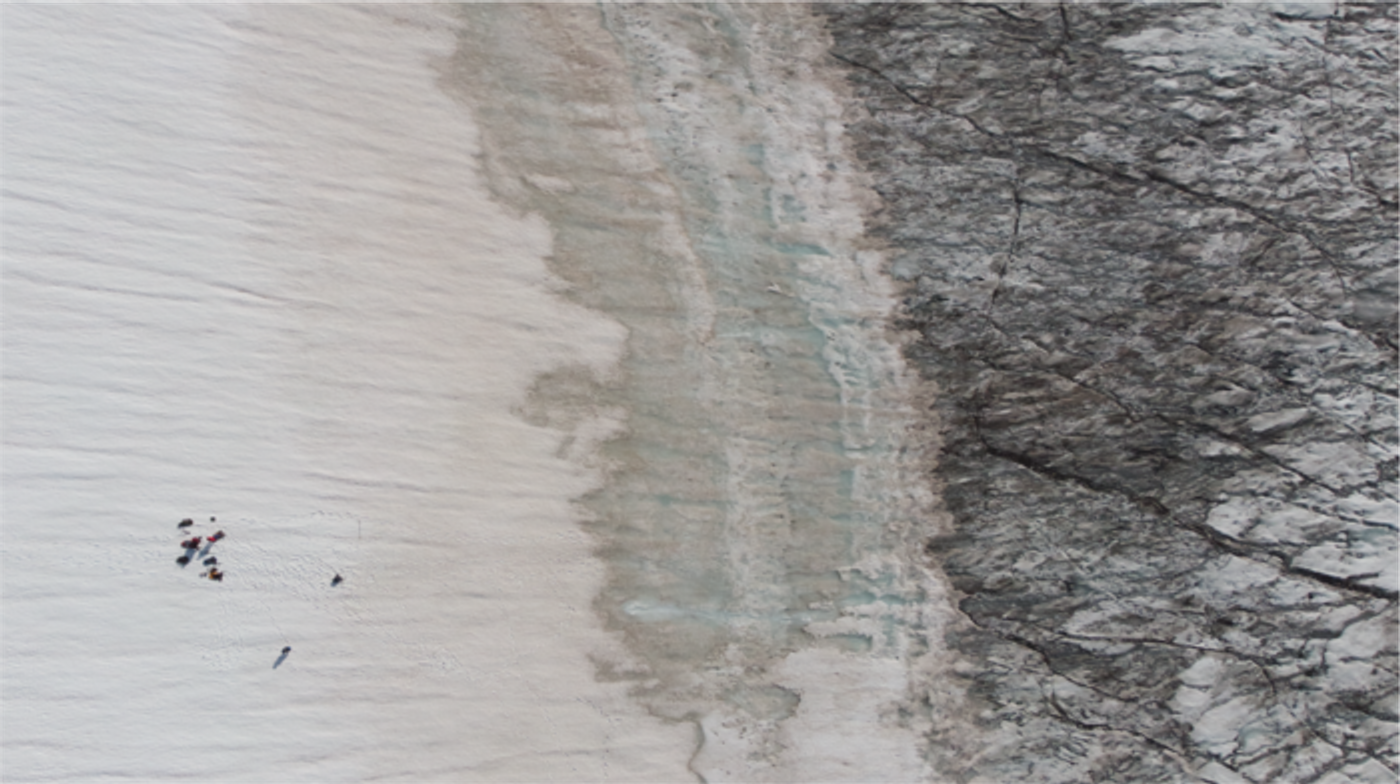The Ice Caps are Covered in Microbes
Greenland is home to massive ice sheets that are devoid of animals, and humans rarely venture to these harsh and inhospitable environments. Hardy microbes have managed to find a home in nearly every place on the planet, and new research has shown that they have even colonized the ice sheets on Greenland, which were thought to be relatively lifeless. This work has revealed that it's not only one or two unusual species, but thousands of different microbes that live there. The findings have been reported in the journal Geobiology.
"A small puddle of meltwater on a glacier can easily have 4,000 different species living in it. They live on bacteria, algae, viruses and microscopic fungi. It's a whole ecosystem that we never knew existed until recently," said study leader Professor Alexandre Anesio of Aarhus University.
The microbes of Earth have found ways to utilize a wide range of materials for energy. Some microbes can even consume electricity and rocks to eke out an existence. So it may not be so shocking that bacteria are living on glaciers.
Anesio noted that these microbes appear to be using small quantities of black algae to survive. Black algae can grow on top of glacial ice, giving it a black hue. Researchers have long known that as ice gets darker, it is not as efficient at reflecting sunlight, and it absorbs the heat from that light instead. This promotes melting, and as more ice melts, Earth starts to lose the ice caps that help keep the environment cool. As more algae has grown on this ice, it's started to accelerate melting; the algae have been estimated to increase melting by about 20 percent in recent years as more ice becomes stained with it.
"The algae therefore play an important role in global warming," Anesio noted. Although the algae has been around for a very long time, much longer than human-induced climate change, the warming temperatures everywhere on Earth are bringing an earlier, warmer spring to Greenland and giving the algae more time to thrive.
"The algae spread a little more every year. When I travel to Greenland, I now see vast areas where the ice is completely dark because of the algae," said Anesio.
Algae can also grow almost everywhere, even as spores in air. Because algal cells can perform photosynthesis, they are green. But black algae are constantly exposed to the sun. Anesia explained that they can produce black pigment, just like what is found in black tea, to protect themselves from that constant exposure. "The pigment forms a protective layer outside the algae and protects the chlorophyll molecules against the dangerous radiation." As the black pigment absorbs the sun's UV rays, more heat is generated, melting the water around the algae. The algae rely on microbes in the ice, and liquid water, in order to survive.
Anesio's team is also interested in whether the algae growth can be halted or slowed. Anesio suggested that there may be fungal spores that consume the black algae, and they could be useful. This is not a way to solve the climate change problem, he noted, but it is a potential mitigation strategy.
Sources: Aarhus University, Geobiology










